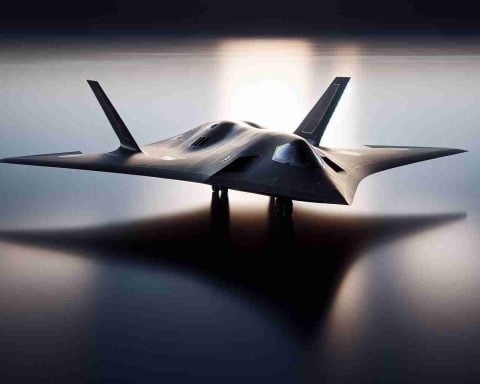Iran Reveals Its Armed Yak-130 – What’s Next for Its Air Power?
In a strategic move to modernize its aging air force, Iran has been actively integrating the Yak-130 trainer jet into its military lineup. Recently captured in an image circulating on social media, an Iranian Yak-130 was seen notably armed with the R-73 air-to-air missile, marking its dual function as both a training and attack aircraft. The image, shared by a popular account covering Iran’s military, intensified discussions among military analysts about the evolving role of this aircraft in Iran’s arsenal.
The Yak-130, decorated in the vibrant colors of Iran’s national flag, was observed with this missile for the very first time. Reports from Iranian defense sources suggest that Iran has received six Yak-130s from Russia as part of a strategic military relationship. The aircraft’s potential to carry multiple missiles amplifies Iran’s air capabilities, aiding its efforts to bolster an air force still reliant on Cold War-era jets.
Initially received over a year ago in what is believed to be an exchange for military support to Russia amid the Ukraine conflict, these trainer aircraft are intended to prepare Iranian pilots for advanced fighter jets like the anticipated Su-35. Yet, despite widespread speculation, the Su-35s have yet to arrive.
The Yak-130’s capacity as a light attack fighter has been demonstrated in other conflicts, such as Myanmar, and this multi-faceted use could serve to enhance Iran’s limited air power. It symbolizes an attempt to address long-standing military vulnerabilities, providing Iran with a versatile platform amidst regional tensions.
How Iran’s Armed Yak-130 Jet Enhances its Military Strategy
In recent developments, Iran’s introduction of the Yak-130 trainer jet, now equipped with the capability to carry the R-73 air-to-air missile, signifies a notable shift in its air force capabilities. This advancement fuels broader discussions among military experts regarding its strategic implications. As Iran modernizes its fleet, the Yak-130 bridges a strategic gap, allowing Iranian forces to leverage advanced aerial tactics while preparing for future acquisitions such as the Su-35.
Specifications and Features of the Yak-130
The Yak-130 is renowned for its role as both a trainer and a light attack aircraft. Its design allows for:
– Dual Training and Combat Functionality: Equipped to train pilots while also providing capabilities as a light attack aircraft.
– Adaptive Armament: Fitted with the R-73 missile, the Yak-130 can engage aerial targets effectively, showcasing its combat versatility.
– Performance Flexibility: The plane can carry a variety of ordnance, making it a flexible addition to Iran’s arsenal.
Contrary Trends and Market Analysis
While the Yak-130 marks a step forward for Iran, the military aircraft market is witnessing several trends:
– Increased Demand for Multi-role Aircraft: Globally, air forces lean toward multi-role aircraft that can perform across different missions, similar to the Yak-130’s proposed capabilities.
– Strategic Alliances for Equipment Acquisition: Iran exemplifies countries forming strategic relationships for military supplies, exemplified by its ties with Russia.
Future Predictions and Strategic Insights
The integration of the Yak-130 might be indicative of broader plans within Iran’s military strategy:
– Pilot Training Advancement: The Yak-130 aids in transitioning pilots to next-generation aircraft, critical for anticipated deliveries like the Su-35.
– Enhanced Combat Readiness: As regional tensions persist, a modernized fleet may fortify Iran’s defense posture.
Limitations and Considerations
While the Yak-130 offers new capabilities, certain limitations need addressing:
– Limited Range and Payload: The aircraft may offer only short-range combat capabilities with limited payload options compared to more advanced jets.
– Dependence on International Relations: Reliance on foreign partnerships for military progression poses potential vulnerabilities.
Conclusions
Iran’s deployment of the Yak-130 equipped with air-to-air missiles marks an important development in its military strategy. However, its full potential hinges on overcoming logistical challenges and ensuring a strategic balance amid ongoing geopolitical dynamics. For further information on military aircraft advancements, visit Janes for comprehensive defense analysis.

















